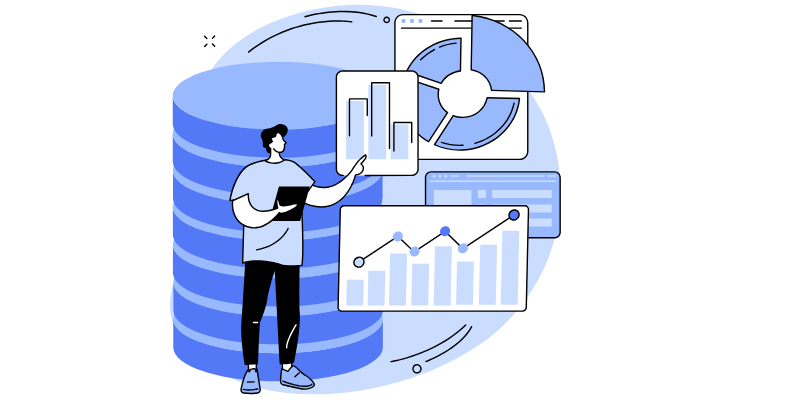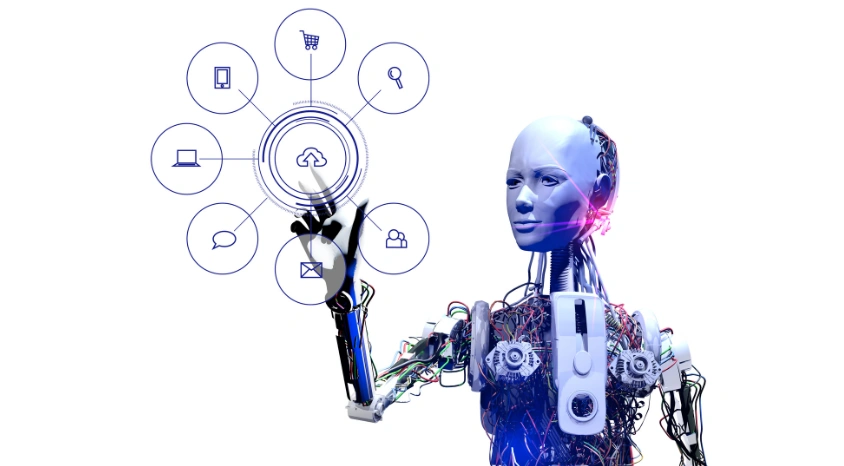Let us talk about how retail analytics is moving mountains for businesses. Whether it is understanding customer behavior, predicting trends, or fine-tuning operations, using retail data smartly can boost just about every part of your business. Retail AI 360 is a tool designed to help you do just that. This piece will explain some of the best practices for using it and getting the most value out of your retail data.
What is Retail Analytics?

At its core, retail analytics is about collecting, analysing, and using data to understand customer patterns, sales, and inventory. In a modern retail setting, tracking the right metrics and Key Performance Indicators (KPIs) can give you a roadmap to better decisions. Think of metrics like sales per square foot, conversion rates, and customer retention rates; these are numbers that can tell you how well your store is doing and where there’s room to grow.
Retail analytics shines when it comes to spotting patterns and trends in customer behavior, preferences, and buying habits, helping retailers make intelligent decisions every day. For more on the benefits of retail analytics, check out this Forbes article on retail technology.
Vital Benefits of Retail Analytics
Good retail analytics doesn’t just give you numbers—it leads to better decisions, a better customer experience, and a smoother operation. Here’s what it can do:
- Better Decision-Making: With the correct data, you are no longer guessing what customers might want. Instead, you can make data-backed decisions that lead to improved sales and customer satisfaction.
- Enhanced Customer Experience: Retail analytics can reveal insights into what customers are looking for and how they shop, which allows you to personalise their experience and make sure they come back.
- Streamlined Operations: Data can uncover inefficiencies in areas like staffing, inventory, and store layout, making it easier to operate more smoothly and effectively.
Retail AI 360: Your Go-To for Retail Data
Retail AI 360 is a tool that takes retail analytics to the next level by using artificial intelligence. Here is what makes it so effective:
- Data Collection and Integration: Retail AI 360 pulls together data from all-over—point-of-sale (POS) systems, online sales, social media, and even customer feedback. All of this data comes together to give you a complete view of what’s happening in your store.
- Data Analysis and Visualisation: Once the data is gathered, Retail AI 360 turns it into easy-to-read reports and charts. Rather than looking at raw numbers, you’ll get visuals that quickly tell the story behind the data, making it easier to spot trends and areas for improvement.
- Predictive Analytics and Forecasting: Retail AI 360 goes beyond what is currently happening and uses historical data to predict future trends. Imagine knowing which products will be hot next season or predicting when a stock shortage might hit!
- Personalisation and Customer Segmentation: With customer segmentation, Retail AI 360 lets you divide your customer base into groups based on behavior, preferences, and shopping patterns. That way, you can tailor your marketing and even your store layout to different groups for maximum impact.
- Inventory Stock Management: Managing stock levels can be a balancing act. Retail AI 360 uses data to help you avoid overstocking or running out of high-demand items, making sure your shelves are filled with the products customers want.
New Trends in Retail Analytics

Retail analytics is evolving fast, thanks to emerging tech like AI and Big Data. Here’s a look at what’s coming:
- AI-Driven Data Analysis: AI isn’t just helpful for crunching numbers—it’s also great for finding patterns in data that you might miss. Tools like Retail AI 360 use AI to keep up with changes in customer behavior and suggest new strategies.
- Big Data’s Role in Decision-Making: With so much data now available, businesses have a better shot at seeing the “big picture” when making decisions. By using Big Data, retailers can dig deeper into customer preferences, seasonal trends, and overall performance.
Wrap-Up
Retail analytics, especially with a tool like Retail AI 360, can open up new possibilities for your business. From making informed decisions to enhancing customer satisfaction and streamlining operations, data is the fuel that can drive retail success. If you’re ready to level up your business, incorporating a tool like Retail AI 360 can make all the difference.



